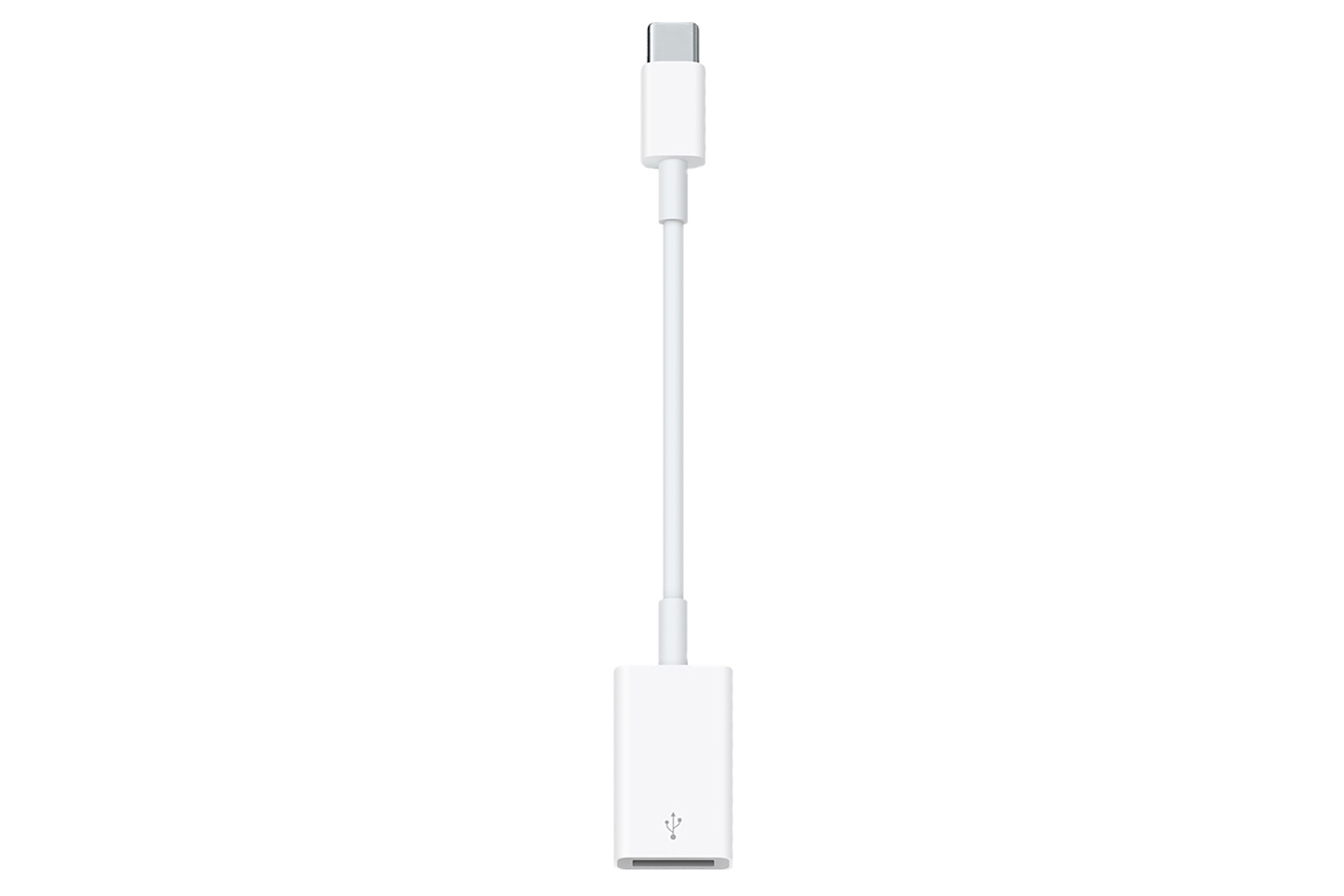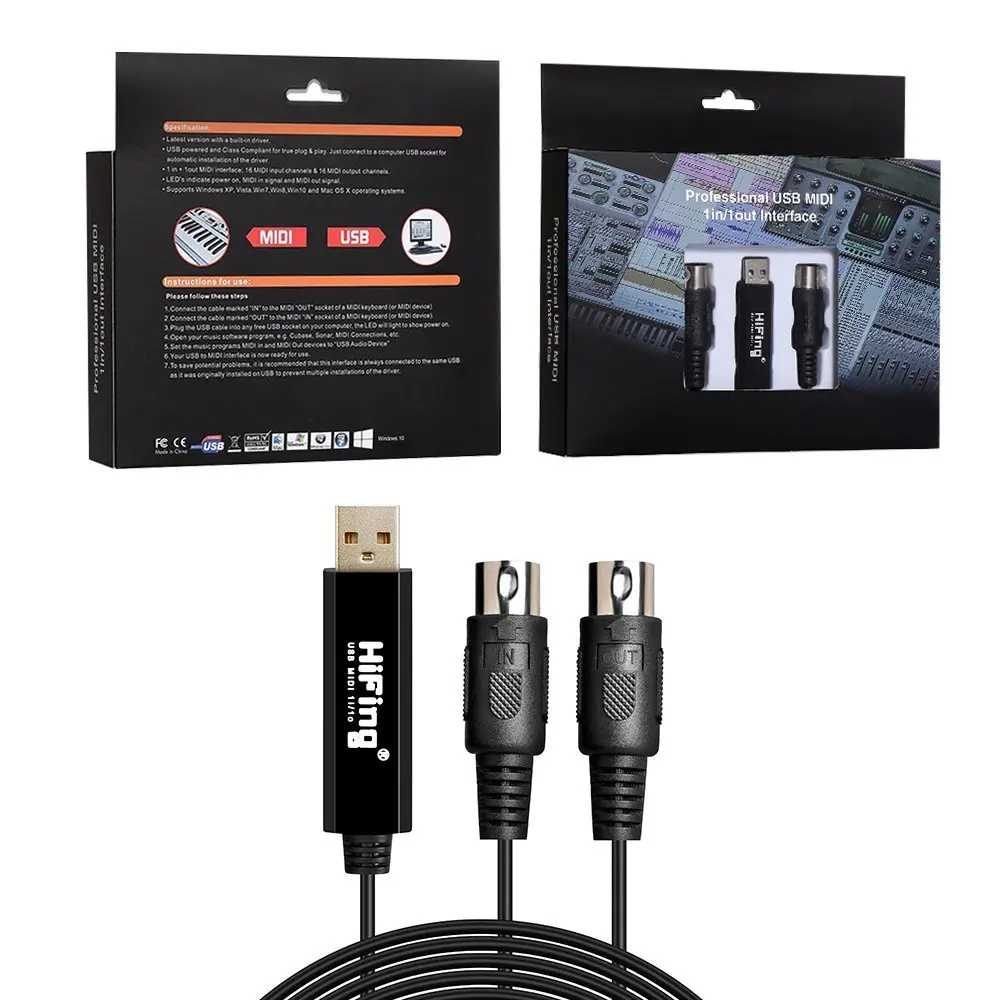
On some desktop PCs, even when they’re turned off, you can charge your smartphone via a USB socket. Sometimes, one USB socket on a laptop is seemingly more powerful than the other. You’ve probably noticed that some wall chargers are stronger than others.

From there, you can begin your search and identify which cables will include the E-Marker chip, be compatible with your device, and ultimately suit your needs.Not all USB chargers, connectors, and cables are born equal. W hen considering your next USB-C cable purchase, ensure you are aware of the requirements for your device, so you may determine if you simply need a charging cable ( USB-C 100W Charging Cable ], or a high-speed data cable that supports high output ( USB-C Gen2 Flat Cable ]. Once the cable’s data transfer speed increases, the length will typically decrease as the thickness increase s. Another note is the longer, charging cables will be designed more for power delivery and charging. The wire’s capability level of the electric current, also, depends on the thickness of the wire. With these devices, the maximum electrical current is 4A, therefore it also requires a 5A cable with E-Mark. The same traits can be applied to the Samsung Note 10+ or S20 Ultra which supports 45W fast charging.
Usb cord for mac pro#
It i s possible for bugs to appear in the PD communication protocol, and the wire itself will only have a 3A load capacity or will output the 96W unsafely to your 16” MacBook Pro which can cause the wires to burn out or even terminate the equipment.

If there is no chip or protocol implemented in the cable when using Apple’s 96 W charger with a maximum of 60W, the charger may output 96 W (20V / 4.35A). If a 3A wire with E-Marker is inserted, the charger will only output the maximum electric current of 20V / 3A because it does not recognize the E-Marke r chip protocol. Currently, many USB-PD charging cables sold individually in the market do not reach more than 60W, so the standard parameter is to not equip the E-marker chip in order to save costs which can cause issues for devices that require the chip.įor example, the charging power of the Apple MacBook Pro 1 6 ’’ is 96 W, which is 20.5V-4.7A. The E-Marker is the safe - protection mechanism and i f the power adapter’s electric current output is greater than 3A, a 5A wire with an E-Mark chip will be required. According to the standard of the USB-IF Association, i f the electric current of the cable used to charge your mobile device is equal to or less than a 3A wire, then using a 3A wire will be fine cables with a transmission current at or below 3A are not required to have E-Marker chip inside. With USB-C PD (Power Delivery) protocol, the maximum charging power is specified as 100W, which starts from 5V/ 3A, then 9V/3A, 12V/3A, 15V/3A, and up to 20V/5A. The following table distinguishes these E-marker cables by their different parameters. In most cases, charging-based USB-C cables are USB2.0. E-Marker cables are divided into different types some can carry out 100W of power transmission, while others can only transfer 60W for charging and some can achieve the highest 10Gbps data- transmission speed, while some only can support USB 2.0, which is twenty times slower at 480Mbps. This will include the power supply, power receiving, and power transmitting capabilities of the product ( cable, source, and sink ), and the corresponding protocol and transmission requirements, which generally require PD (power - deliver y ) or PPS (Programmable Power Supply) devices. Į-Mark is short for Electronically Marked and is actually a protocol controller. This is needed to properly and safely achieve the higher wattage output and faster data transfer rates, simultaneously. With the increasing popularity of USB - PD charging and USB 3.1 Gen2 high-speed data transmission on mobile devices, we have found that many USB - PD chargers that support high current output are equipped with the USB-C E-Marker in their USB-C cable connector. USB Type-C has the highest data transmission speed of 10Gbps, and its maximum power transmission speed can reach up to 100W, which allows this interface to be widely used by more and more developers as 80% of laptops / desktop computers and 50% of smartphones/tablets today are including the T ype- C port.


 0 kommentar(er)
0 kommentar(er)
